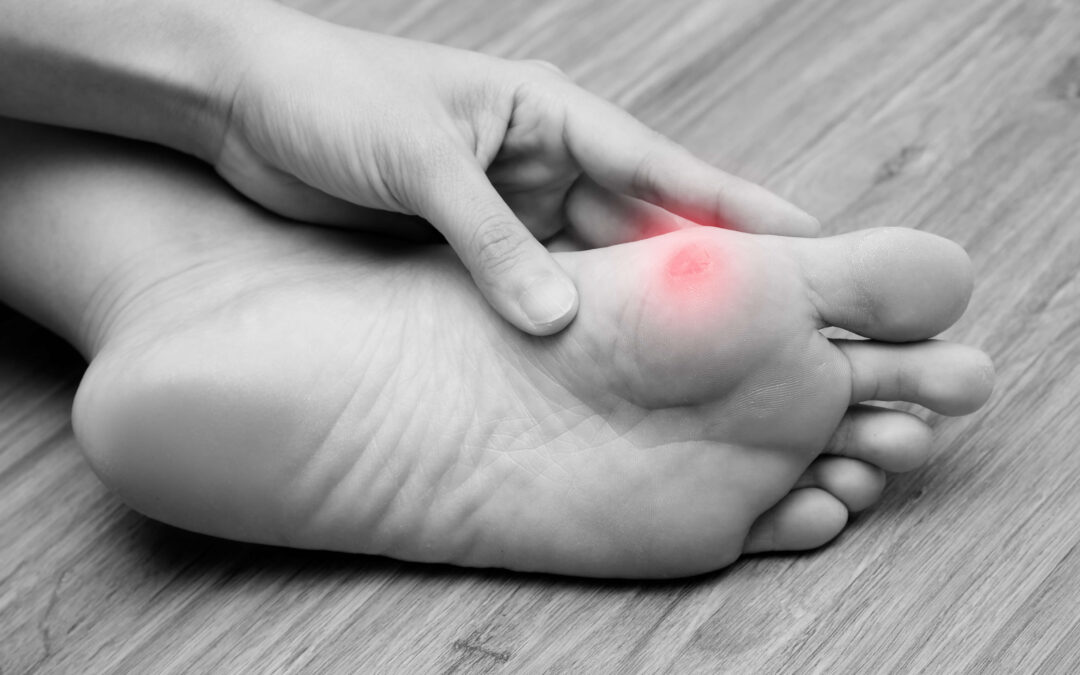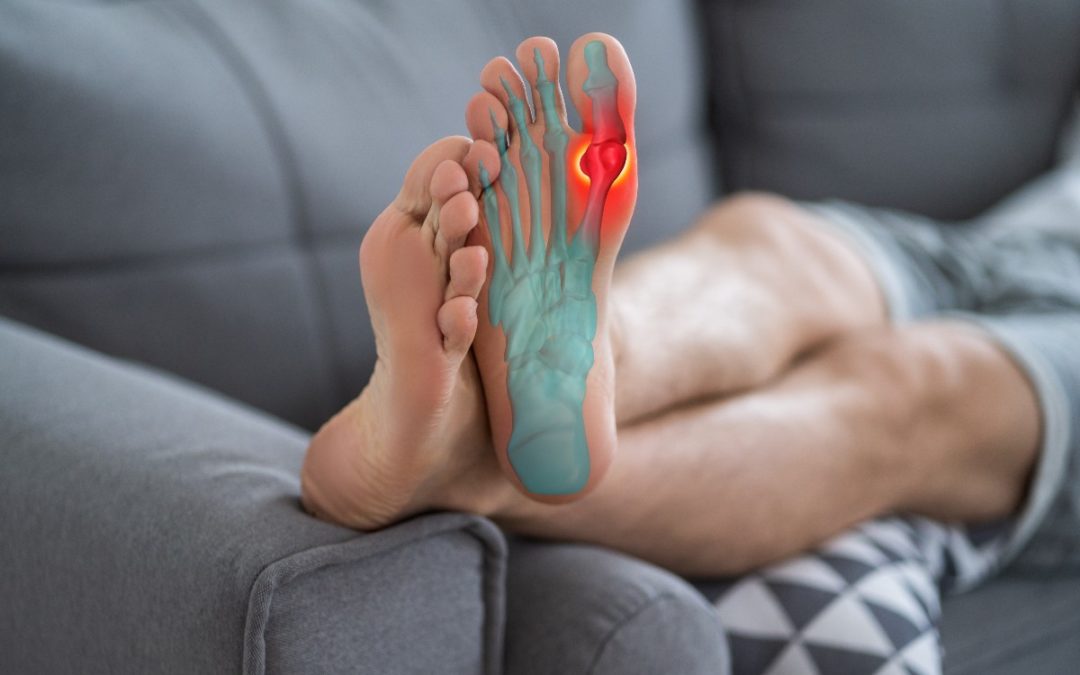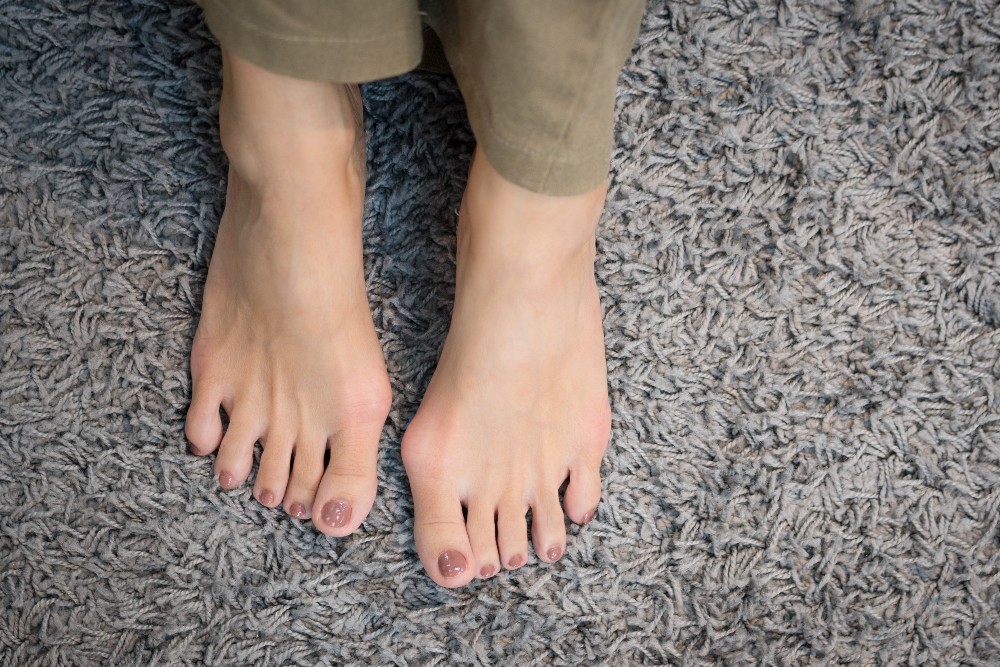Help! I’m Dealing with Pediatric Bunions. What Can I Do?
Are you noticing signs of discomfort in your child or teenager’s feet? Navigating the complexities of pediatric bunions requires a comprehensive understanding of symptoms, diagnostic procedures, and the distinctive characteristics that set them apart from their adult counterparts. In this blog, we will explore pediatric bunions, providing insights into their symptoms, anatomical differences, and the critical importance of timely intervention for optimal foot health in children and teens.
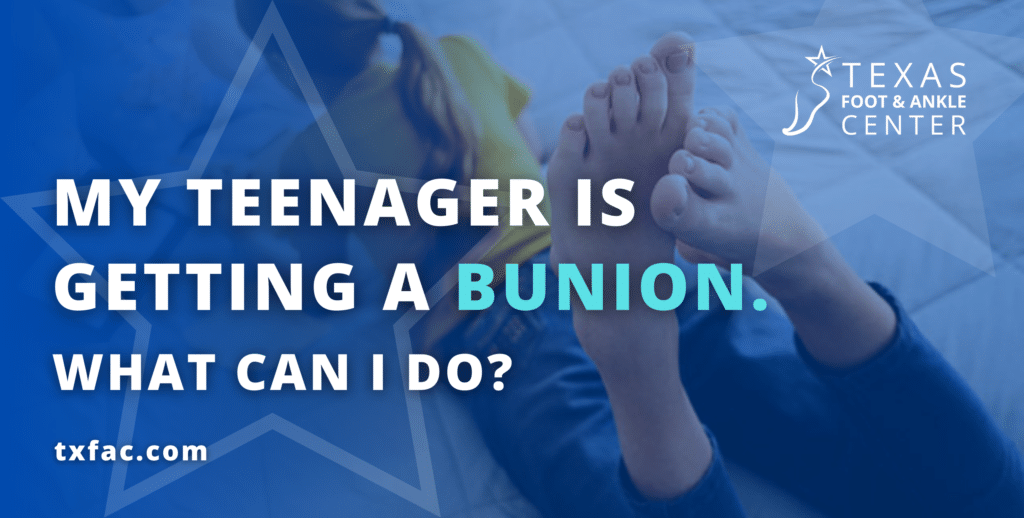
Understanding Pediatric Bunions
Symptoms and Diagnosis
Pediatric bunions manifest in various ways, and recognizing the signs is essential for early intervention.
- Swelling: A notable symptom of pediatric bunions is swelling around the base of the big toe. This inflammation is often accompanied by discomfort, making it a crucial diagnostic factor.
- Pain and Discomfort: Children or teens with bunions may experience pain and discomfort, particularly during activities that involve bearing weight on the affected foot, such as walking or wearing shoes. Understanding the nature and intensity of these discomfort patterns aids in accurate diagnosis.
- Physical Signs: Visual cues, including a prominent bump at the base of the big toe and a noticeable deviation of the big toe toward the second toe, are indicative physical signs of pediatric bunions. These signs provide valuable information for our seasoned team when assessing the condition.
Differences Between Pediatric and Adult Bunions
Anatomical Variances
Understanding the unique anatomical characteristics of pediatric bunions is crucial for tailoring appropriate treatment plans.
- Growth Stage: Children’s bones are still in the growth phase, making surgical intervention more challenging and less effective. Unlike in adults, where the bones have reached maturity, pediatric bunions necessitate a different approach to ensure optimal outcomes.
- Genetic Factors: A notable difference lies in the genetic predisposition associated with pediatric bunions. Family history plays a significant role in diagnosis, helping healthcare professionals understand the likelihood of the condition developing in the child.
When to Schedule an Appointment
Knowing when to seek our help is a pivotal step in addressing pediatric bunions effectively.
- At the First Sign of Symptoms: Parents should consider consulting our seasoned experts at the first sign of symptoms, including swelling, pain, or noticeable physical signs. Early detection allows for timely intervention, reducing the impact of bunions on a child’s foot health.
- Family History of Bunions: If there’s a family history of bunions, it increases the likelihood of a child developing them. Regular check-ups with our podiatrists can assist in monitoring and managing potential issues, contributing to proactive foot health.
- Persistent Discomfort: If a child complains of persistent discomfort, difficulty wearing shoes, or any changes in their gait, seeking professional advice promptly is imperative. Addressing issues early on prevents further complications and supports optimal foot development.
Treatment Approaches for Pediatric Bunions
Conservative Measures
While surgical intervention may be considered in severe cases, conservative measures are often employed initially.
- Supportive Footwear: Encouraging children to wear comfortable, supportive shoes with adequate toe box space can alleviate symptoms and slow the progression of bunions.
- Orthotic Inserts: Custom orthotic inserts can provide additional support, particularly for children with flat feet or other structural issues contributing to bunion development.
- Night Splints and Toe Separators: These devices can be utilized to address specific issues associated with pediatric bunions, such as toe misalignment and joint pressure.
- Toe Mobility and Strengthening Exercises: Incorporating exercises designed to improve toe mobility and strengthen the surrounding muscles can contribute to maintaining joint health.
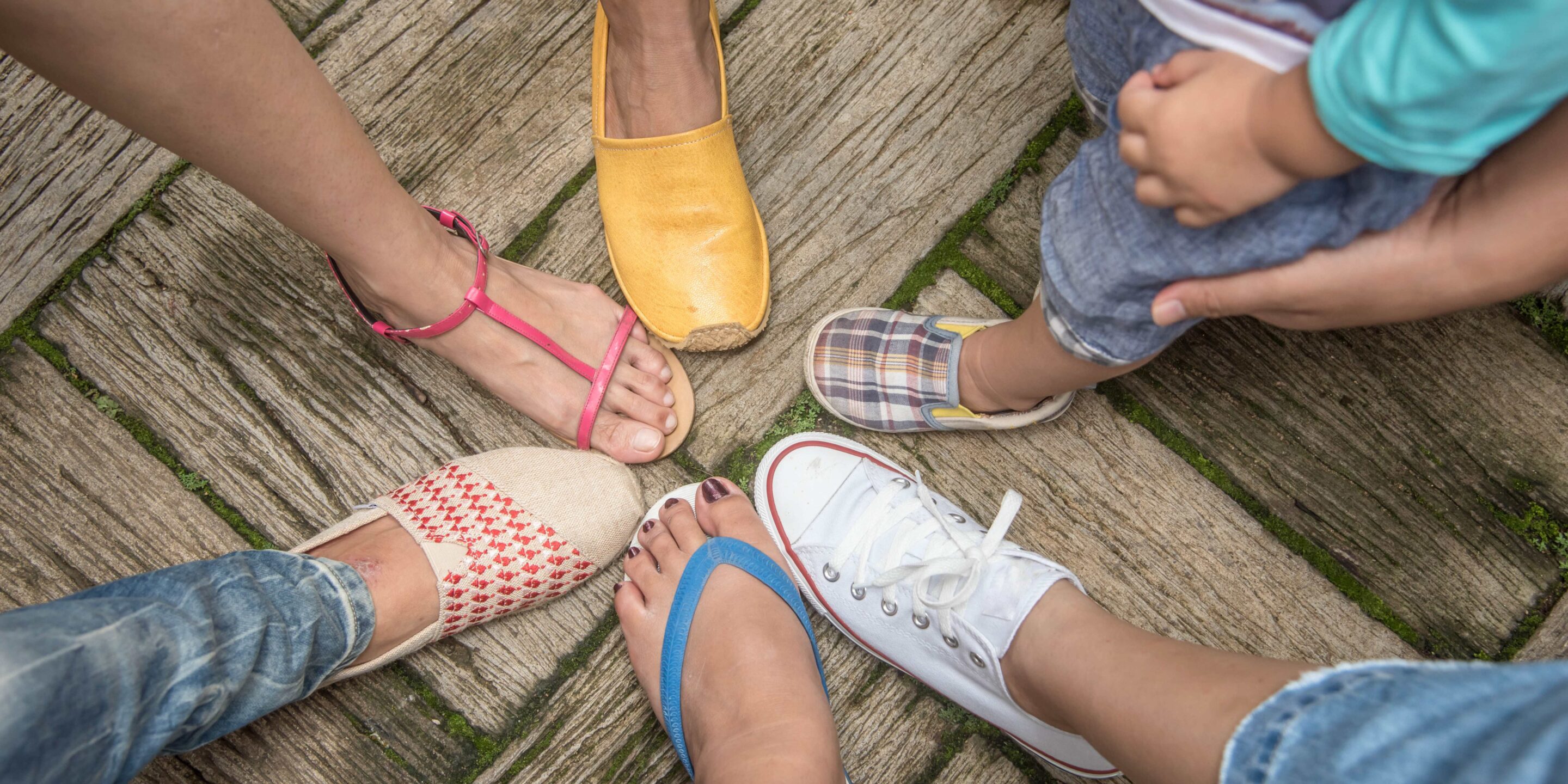
The Crucial Role of Early Intervention
Early intervention is paramount for managing pediatric bunions and ensuring optimal foot health in the long term.
If left untreated, bunions in children and teens can lead to more severe complications in adulthood. Addressing symptoms as soon as they emerge allows for proactive management, preventing the condition from worsening over time.
Understanding pediatric bunions involves a holistic approach encompassing symptom recognition, anatomical nuances, and timely intervention. Recognizing the differences between pediatric and adult bunions provides the foundation for personalized care plans tailored to a child’s unique needs.
Parents play a pivotal role in advocating for their child’s foot health by being proactive in seeking professional help at the first sign of symptoms. Whether through conservative measures or, in rare cases, surgical intervention, early management sets the stage for optimal foot development and overall well-being in the future. Embracing a comprehensive understanding of pediatric bunions empowers parents to make informed decisions and ensures the best possible outcome for their child’s foot health.
For expert advice on pediatric bunions and personalized care plans, contact us. Our experienced podiatrists are here to provide professional guidance and support for your child’s optimal foot health. Don’t hesitate to reach out—we’re here to help.
